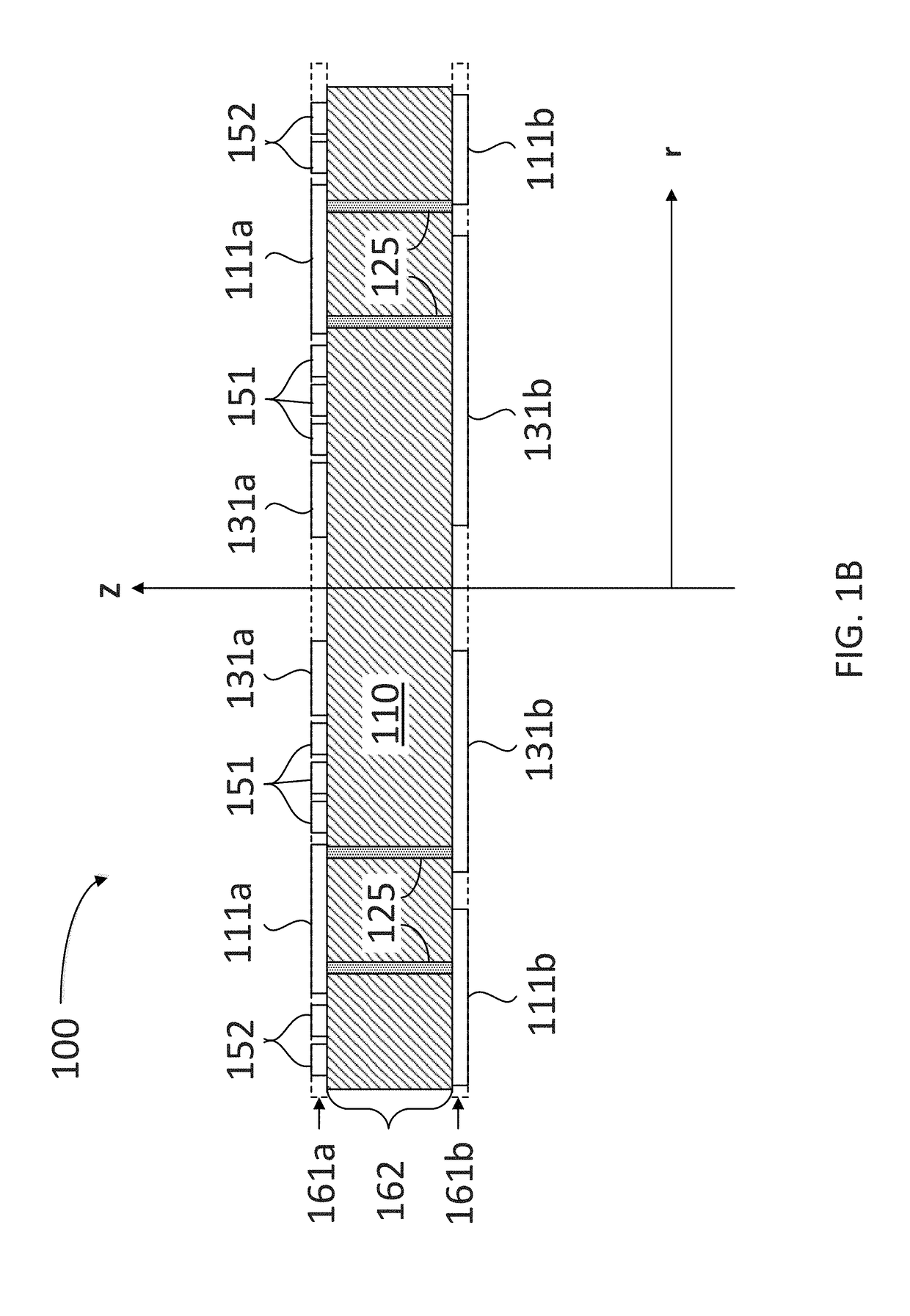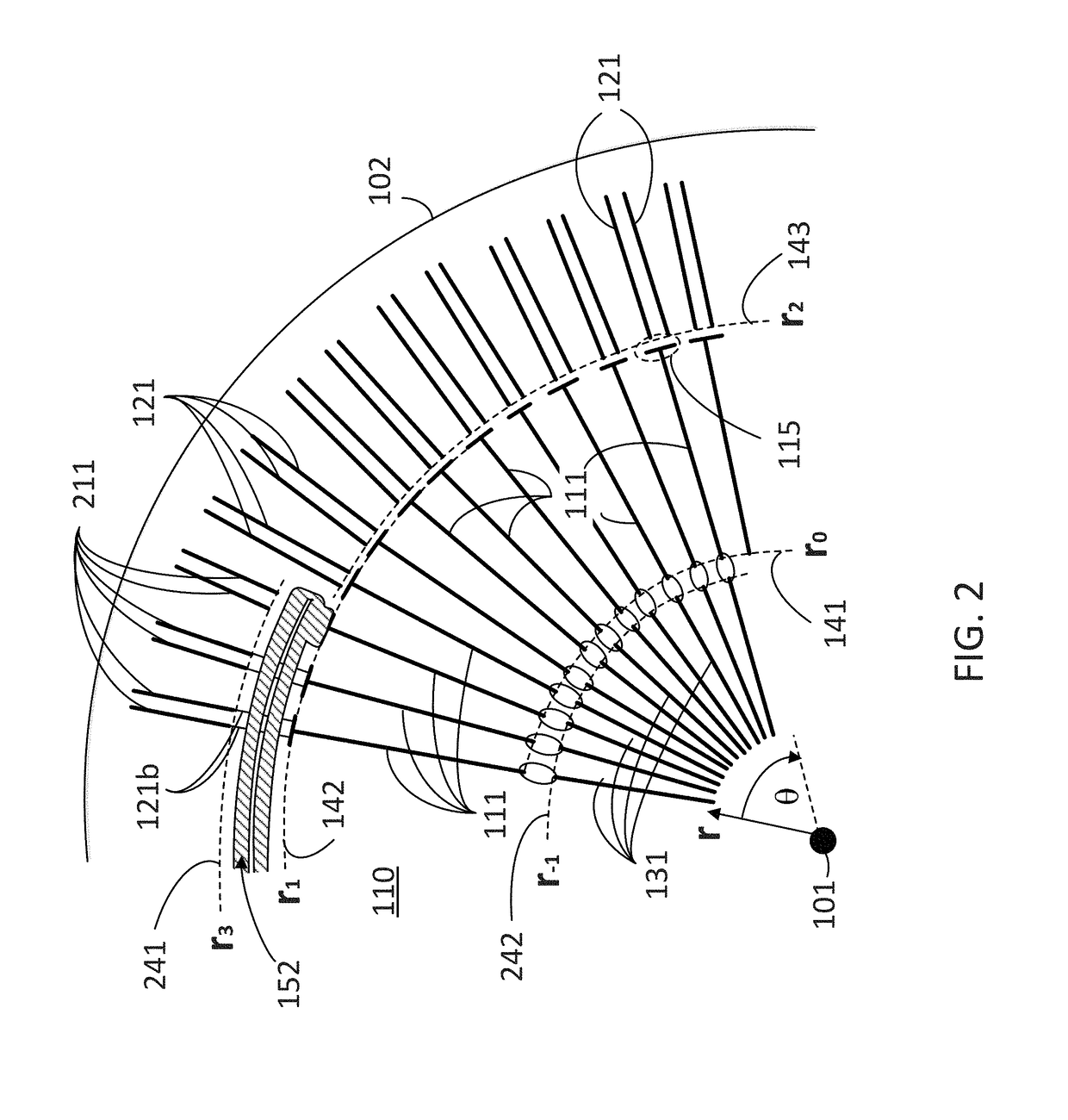Structures and methods for thermal management in printed circuit board stators
a technology of printed circuit board and thermal management, which is applied in the direction of magnetic circuit rotating parts, magnetic circuit shapes/forms/construction, windings, etc., can solve problems such as mechanical interference with the rotor of the motor or generator, mechanical failure, and circuit board (pcb)
- Summary
- Abstract
- Description
- Claims
- Application Information
AI Technical Summary
Problems solved by technology
Method used
Image
Examples
Embodiment Construction
[0018]Embodiments of the present disclosure differ from most in the broad area of printed circuit board thermal management in the sense that the heat originates in the PCB stator structure, and an objective of the embodiments of the disclosure is to convey that heat for the purpose of protecting the stator and surrounding components. Many advances in recent years focus on managing heat which originates in a sensitive component, and where structures on the printed circuit board are used as a heat sink, frequently with the objective of eliminating a costly discrete heat sink component. Embodiments of this disclosure are applicable to single and polyphase (e.g., three phase) motors and generators.
[0019]FIG. 1A illustrates a plan view of a stator 100 including a planar composite structure (PCS) 110 having at least one dielectric layer and a plurality of conductive elements 111, 121, and 131, according to some embodiments. Conductive elements 111, 121 and 131 may be part of a thermal mit...
PUM
 Login to view more
Login to view more Abstract
Description
Claims
Application Information
 Login to view more
Login to view more - R&D Engineer
- R&D Manager
- IP Professional
- Industry Leading Data Capabilities
- Powerful AI technology
- Patent DNA Extraction
Browse by: Latest US Patents, China's latest patents, Technical Efficacy Thesaurus, Application Domain, Technology Topic.
© 2024 PatSnap. All rights reserved.Legal|Privacy policy|Modern Slavery Act Transparency Statement|Sitemap



